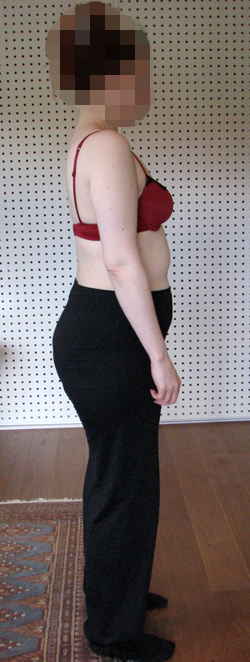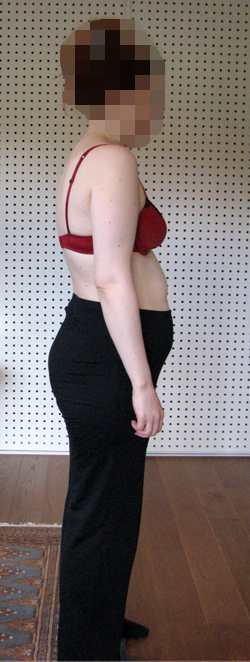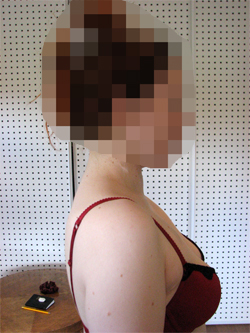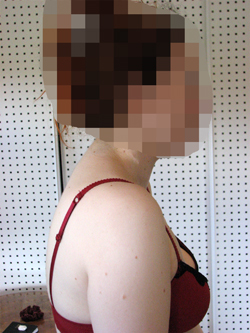Vocalist - harjoittelu
Vocalist
Read the Ergonomics Overview first.
A good vocalist masters his or her instrument, i.e. the whole body, from head to toe. Good body control is based on the centre position of the pelvis and the spine, mobility of the rib cage, free breathing and good support in the shoulder blades.
In the centre position, the spine maintains its natural curves. Spinal curves vary between individuals; in the centre position, the backs and hips of different people may look different.
In order to find a good singing position, vocalists should first examine the position of their pelvis. The pelvic centre position can be found, for example, by first pushing the pelvis as far in and out as possible. The centre position provides optimal mobility of the pelvis and good control (i.e. support) of the deep abdominal muscles and pelvic floor muscles. Furthermore, when the pelvis is in the centre position, the thoracic spine and the rib cage also stay in the centre position more easily; this helps free breathing and mobility of the thoracic spine.
The centre position of the thoracic spine can also be found through extreme positions. When the thoracic spine and the rib cage are in the centre position, breathing is easy, the breastbone is in a vertical position and the back extensors are engaged but not tense. The rib cage/thoracic spine and the pelvis should be aligned when viewed from the side. If the thoracic spine tilts backwards in relation to the pelvis, rib cage and diaphragm movement is affected and consequently the breathing suffers.
|
The pelvis and the spine are in the centre position, the lower abdomen is well supported, and the neck and jaw are relaxed. |
The pelvis pushes in posterior tilt (forward), the thoracic spine curves back, head pushes forward. |
The centre position of the head and neck can be found by first moving the head back and forward, then leaving it in the centre position where there is free movement between the skull and the cervical spine. The position of the neck, head and jaw joints has an effect on the control of neck muscles, jaw muscles and throat muscles. The head and the neck should be in the centre position to facilitate good support for the head from the deep neck muscles. These support muscles enable the superficial muscles to relax. If the head pushes forward (often as a result of a faulty position in the lower spine), it increases tension in the neck muscles, jaw muscles and superficial neck muscles, which can affect the vocal technique.
|
The thoracic spine and the cervical spine are in the centre position; the jaw joint is in the centre position and moves freely. |
The thoracic spine is curved and head pushes forward; jaw and neck are tense. |
A correct position of the thoracic spine and the rib cage enables optimal muscular support for the shoulder blades. The shoulder blades should be in a vertical position against the ribs, encouraging a natural position of the shoulders. The position of the shoulder blade also affects the singing voice. If the shoulder blade tilts forward and/or wings off of the ribs, the shoulder blade support muscles cannot function correctly, affecting the mobility of the rib cage. The three-dimensional movement of the shoulder blade can be difficult to perceive, and the vocalist may require professional help during shoulder blade exercises.
Important exercises for the vocalist's muscular maintenance are those that maintain the mobility of the spine and the rib cage and the associated breathing exercises.




